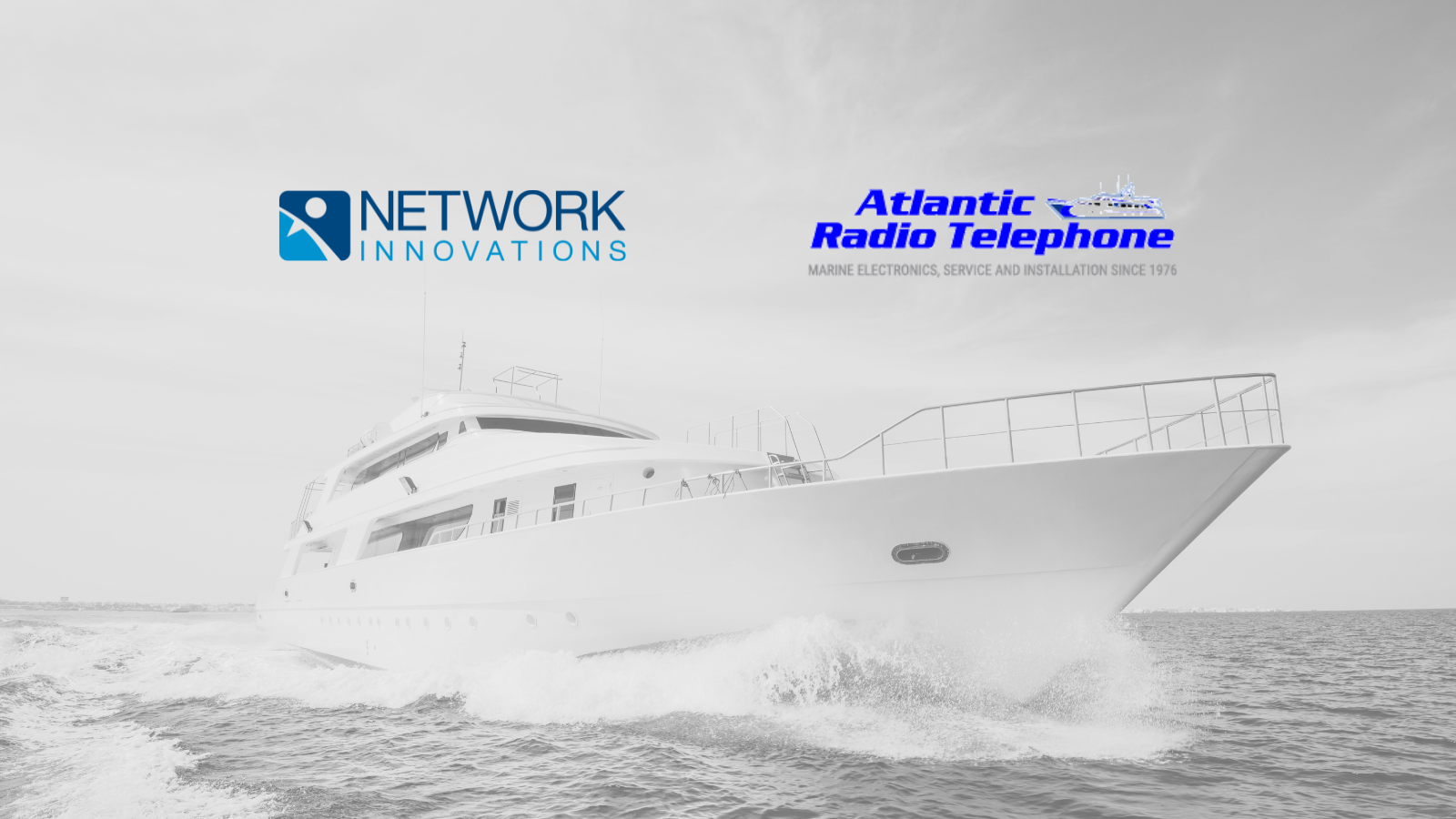The Role of Global Communications in Disaster Relief
Disaster relief depends on quick decision-making and action response. When there is no room for error, first responders must rely on their...
We provide solutions to an array of industries.
Supporting your global communications
Connecting your clients no matter where
Network management and proactive monitoring
Tailored solutions from concept to delivery
Bespoke applications for optimal efficiency
Electrical, retrofits, installations and more
Technical Support
Supporting your global communication needs throughout your organization
On-Site Support
Supporting your global communication needs throughout your organization
2 min read
Network Innovations : Nov 16, 2023 8:00:00 AM

GMDSS, the Global Maritime Distress and Safety System, is an internationally recognized set of procedures and communications equipment - enhancing the safety and security of vessels and crew.
Through a solid grasp of GMDSS and a commitment to following its protocols, seafarers gain the assurance of a reliable lifeline, ready to assist whenever needed. In today's blog, we'll delve into the origins of GMDSS and highlight essential aspects to keep in mind when implementing it.
GMDSS Origins
Full implementation of GMDSS occurred on February 1, 1999, almost 25 years ago. An important date in maritime history.
Introduced by the International Maritime Organization (IMO), its main purpose is to alert coast centers and surrounding ships in cases of distress – while also being used as a standard for routine connectivity. All cargo ships and passenger ships of more than 300 gross register tonnage (GRT) are mandated to fully comply with GMDSS regulations, ensuring the safety of seafarers and vessels traversing the world's oceans.
Advanced Communication Systems
To harness the potential of emerging technologies, the GMDSS is periodically updated. As of January 2020, two certified providers of GMDSS satellite services stand out: Inmarsat, operating a geostationary (GEO) network, and Iridium, operating a constellation of Low Earth Orbit (LEO) satellites. These providers offer advanced solutions specifically designed to deliver in extreme conditions, providing global voice, data, and broadband services to mariners.
The choice between Inmarsat's GEO network and Iridium's LEO satellite constellation represents a critical decision for ship operators, one that our team can help you navigate. Their incorporation into GMDSS ensures that vessels have access to the reliable means of communication essential for reporting distress signals, receiving weather updates, and seeking assistance during emergencies.
Furthermore, the introduction of broadband capabilities enhances situational awareness and decision-making for ship operators – enabling the transmission of vital data, such as navigational information, medical data, or images of the vessel's condition, in real-time to authorities or rescue teams.
Crew Training
In the context of GMDSS, crew training is indispensable for equipping maritime personnel with the knowledge and skills required to operate GMDSS equipment, communicate using the system's protocols, and respond effectively to distress situations.
In some cases, this can involve obtaining relevant certifications from maritime authorities.
Did you know? The most recognizable component of satellite GMDSS is the “Red Button”. When a vessel is in distress, a person can hold down the button for more than 3 seconds to send either a Distress Alert or a Distress Call to a Maritime Rescue Coordination Center (MRCC).
Hardware Selection & Compliance
Familiarizing yourself with the regulations governing GMDSS equipment and operations is also worthwhile. Ensure that your vessel and selected equipment comply with the current requirements set by the IMO and your country’s maritime authorities.
As a trusted partner in GMDSS airtime services, we support the hardware requirements for SOLAS vessels seeking 100% global coverage. The Lars Thrane 3100S GMDSS system serves as a prime example of a solution adhering to all standards and certification requirements. It’s been rigorously tested and is in full compliance with the latest GMDSS standard, ensuring utmost reliability and safety for mariners.
In addition to this, it's essential to keep up with advancements in regulatory changes. Regularly review your vessel's GMDSS setup and procedures to make any necessary updates or improvements.
Maintenance & Testing
At Network Innovations, we are here to support you in the execution and documentation of all your testing and maintenance tasks.
Implementing a regular maintenance schedule for all GMDSS equipment ensures that it remains in good working condition – verifying its functionality, including emergency position indicating radio beacons (EPIRBs), radar transponders (SARTs), and VHF radios.
Looking Ahead
GMDSS requirements and regulations may vary depending on the type and size of the vessel and its intended routes. Our team is here to help you enhance your ability to respond to emergencies and ensure the well-being of your crew and vessel.
For more information, contact our team.

Disaster relief depends on quick decision-making and action response. When there is no room for error, first responders must rely on their...

Maintaining resilient networks keeps mission success possible and ensures that uninterrupted communications don’t interfere with operations....

Deal Looks to Expand Customer Footprint in Maritime Sector and Beyond Calgary, Canada and Miami, Florida, July 2, 2024 – Network Innovations, a...